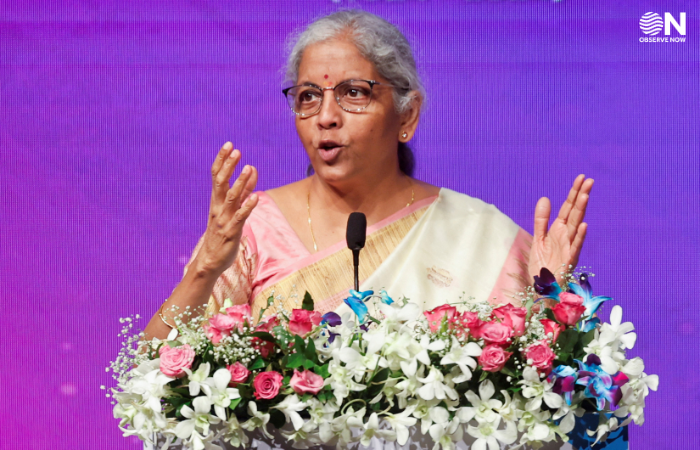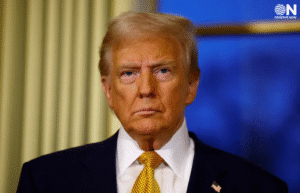India Firm on Agriculture and Dairy “Red Lines” as US Trade Talks Hit Snags Ahead of July 9 Deadline

India and the United States are locked in intense negotiations over a bilateral trade agreement intended to ease tensions ahead of the July 9 deadline for reciprocal tariffs. Indian Finance Minister Nirmala Sitharaman has issued a clear warning that agriculture and dairy are non-negotiable sectors—describing them as “very big red lines”—as Bengaluru-based negotiators prepare for an interim deal that could shape future cooperation.
The urgency stems from Washington’s decision in April to suspend a proposed 26 percent tariff on Indian exports for 90 days. With that pause expiring on July 9, both nations are under pressure to secure an agreement that avoids economic disruption. Indian negotiators have signaled willingness to move forward on industrial goods, information technology, pharmaceuticals, and non‐sensitive agricultural imports like nuts and cranberries, but remain adamant on protecting domestic farmers and dairy producers.
U.S. officials are pushing for broader access to the Indian market—citing interest in wheat, corn, dairy, ethanol, automobiles, medical devices, and genetically modified crops—as part of a package deal aimed at closing the bilateral trade imbalance. However, India has consistently refused to yield in sectors with strong domestic political implications, particularly dairy—a stance rooted in both economic protectionism and cultural considerations, including religious sentiments surrounding cattle .
This standoff threatens the timeline. While early-stage negotiations showed promise, disagreements over market access for autos, steel, and farm goods have stalled progress, casting doubt on whether a Phase 1 deal can be finalized by July 9. Government insiders indicate that India is prioritizing a balanced outcome over a rushed agreement—preferring a “win‐win” framework even if that means delaying any interim understanding .
Despite the standoff, both nations are maintaining momentum. India’s top trade officials are reported to be in Washington this week holding talks aimed at an early-harvest package—likely focused on non-sensitive goods and tariff reductions—while laying groundwork for a larger, comprehensive accord expected by autumn .
On the political front, External Affairs Minister S. Jaishankar expressed cautious optimism that an agreement or interim pact could be achieved before July 9—highlighting India’s proactive efforts, including measured tariff reductions, to demonstrate flexibility. But President Trump’s aggressive negotiating posture—emphasizing reciprocal demand leverage and public scrutiny—has led to growing resistance in New Delhi, where the deal is risking being perceived as coercive rather than cooperative .
Ultimately, reaching a balanced tariff accord will test New Delhi’s ability to protect its agricultural base while engaging in strategic economic diplomacy. Analysts anticipate a phased outcome: first easing tariffs on non‑sensitive products by July, then addressing agriculture, dairy, GM goods, and medical devices in a more inclusive package aimed for autumn completion—possibly alongside ratification by the U.S. Congress .
With the clock ticking, the coming days represent a critical window. Resolving the tension between fast-track gains and long-term stability—especially on red-line sectors—will determine whether India secures a viable interim deal or risks incurring retaliatory tariffs. The stakes are high: both nations aim to pivot towards a $500 billion bilateral trade relationship by 2030, but only if foundational disagreements can be resolved without undermining domestic priorities.
















